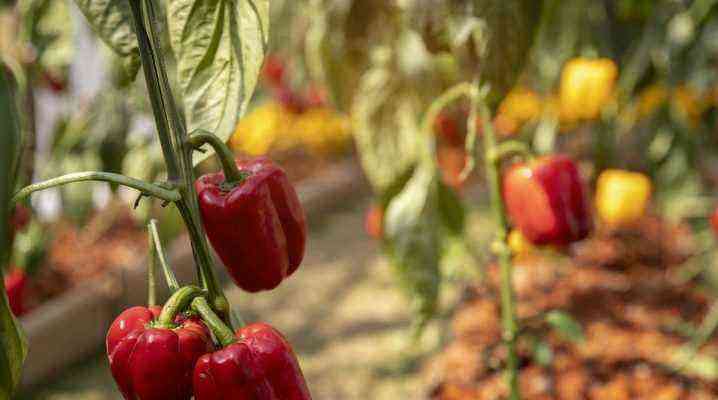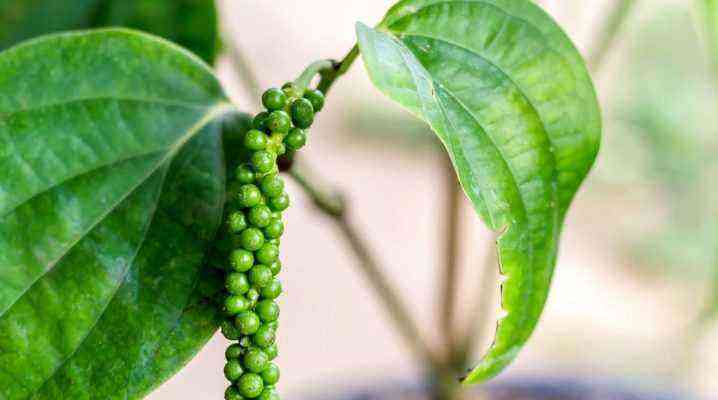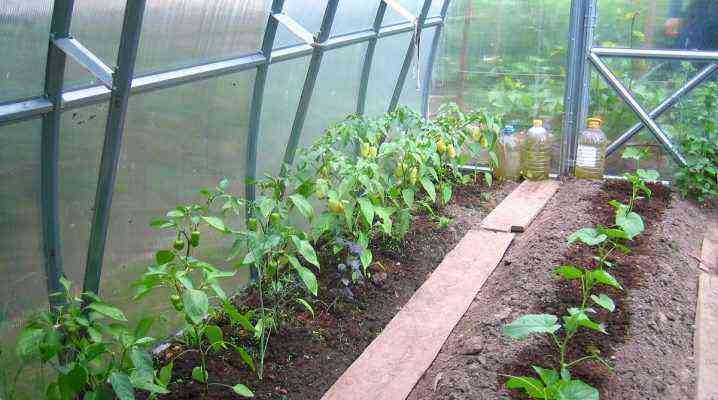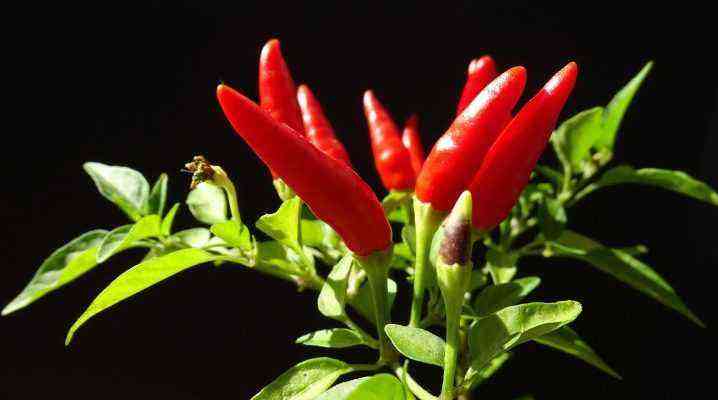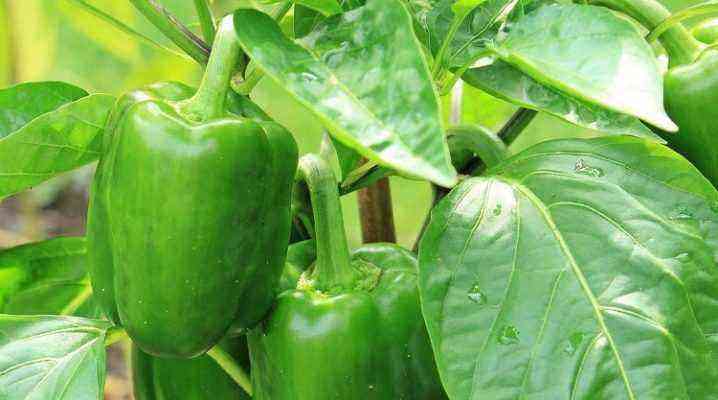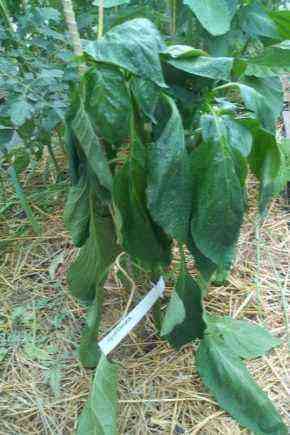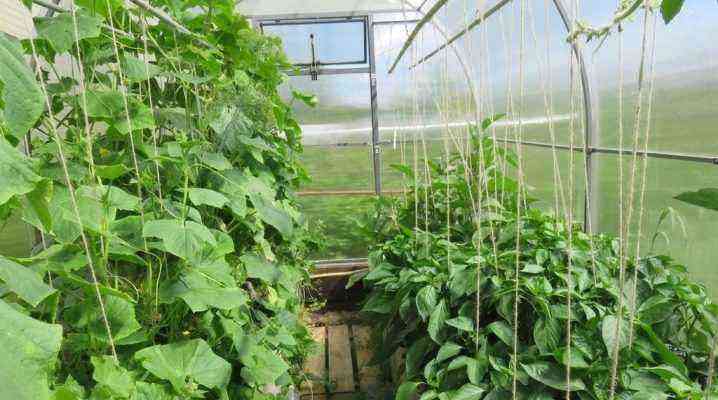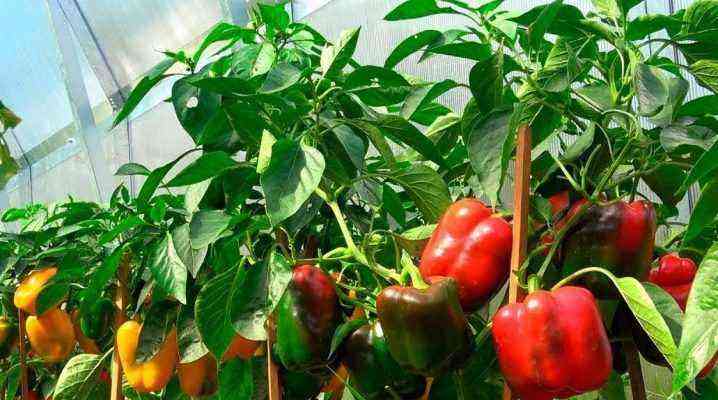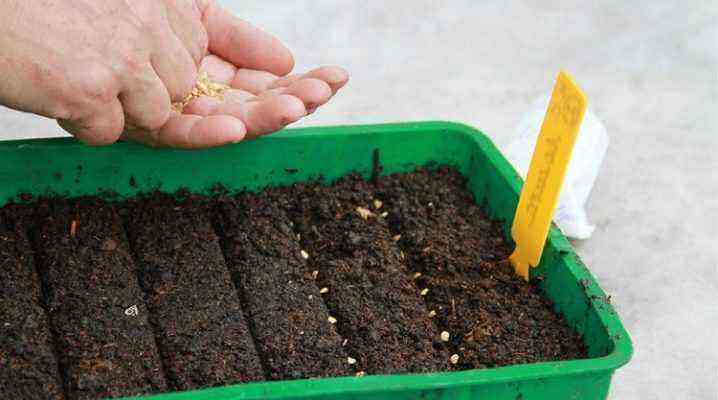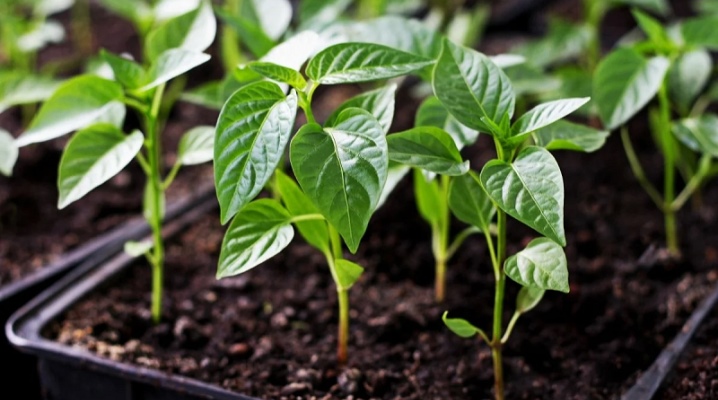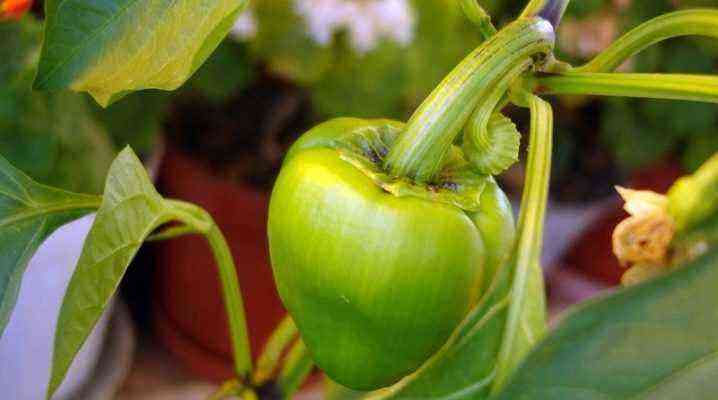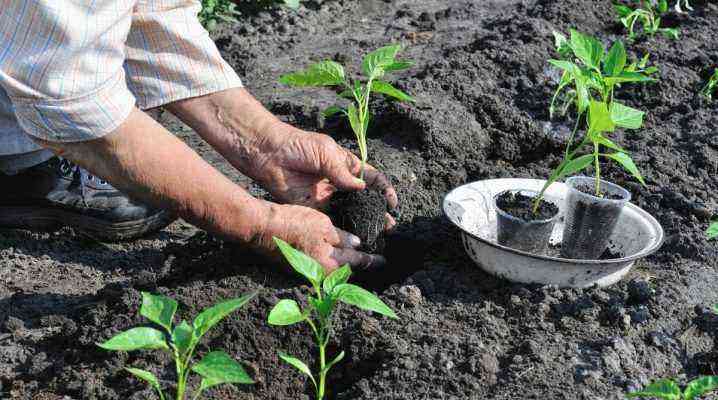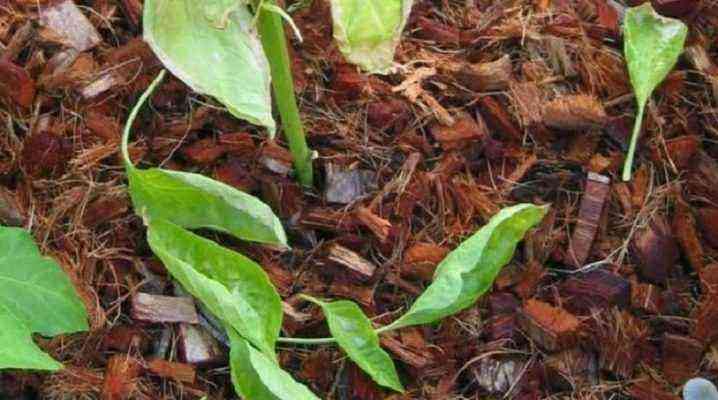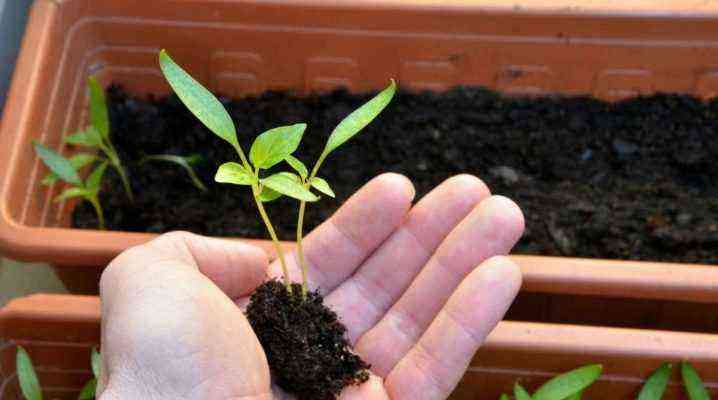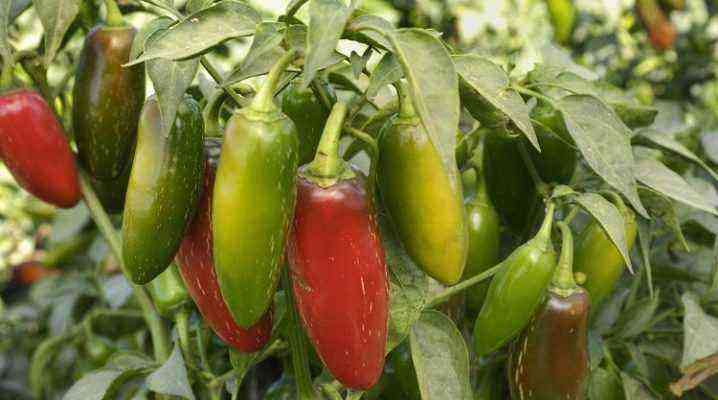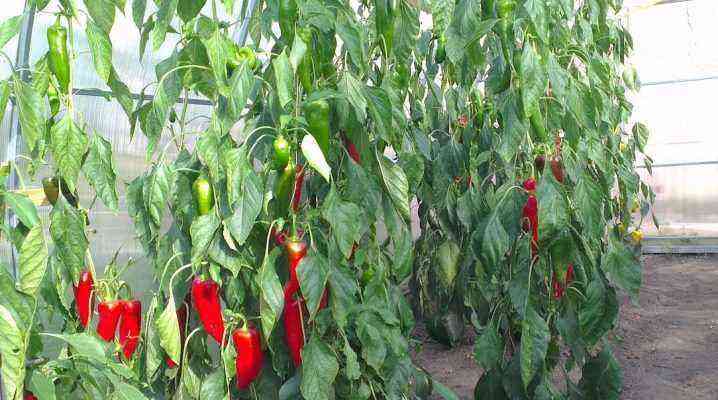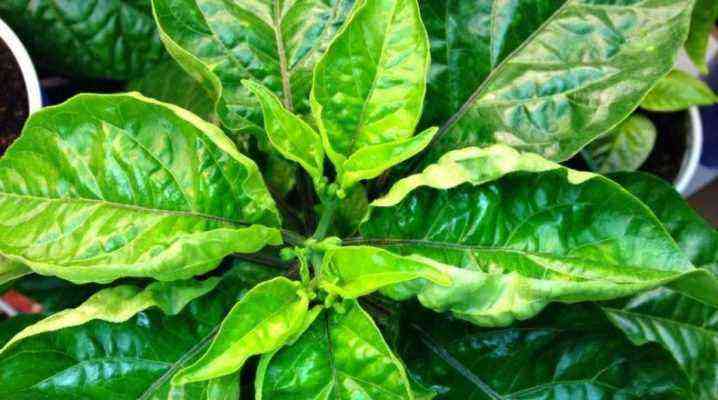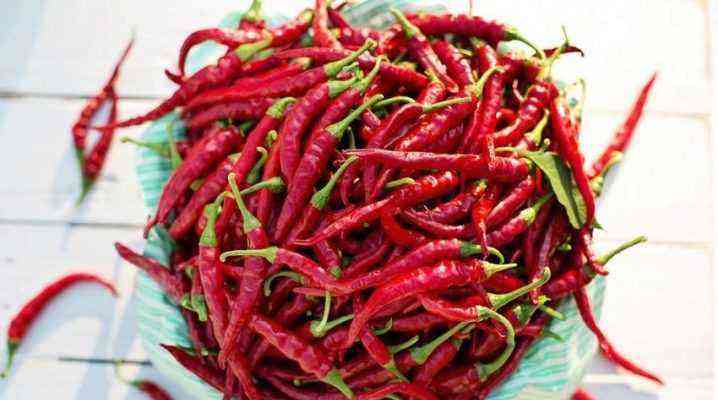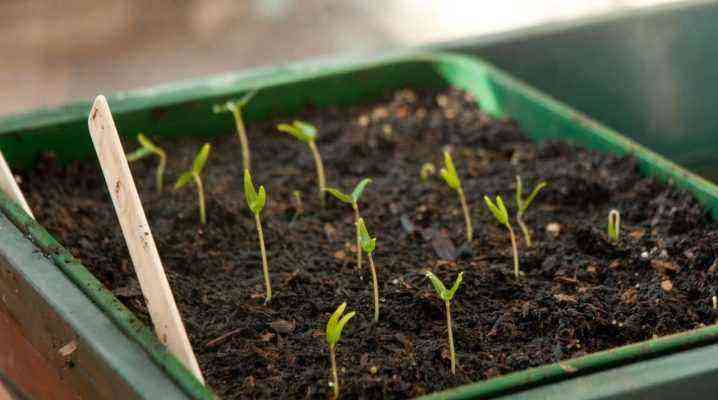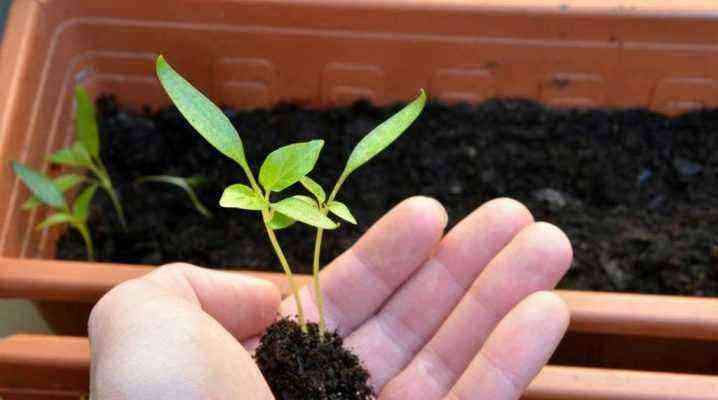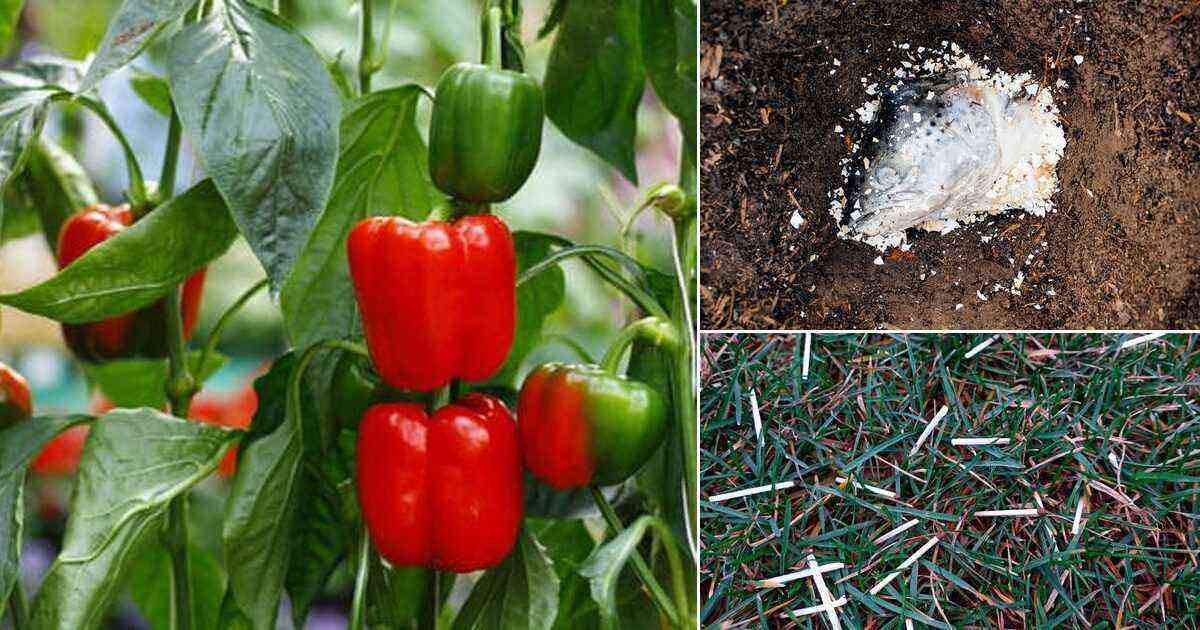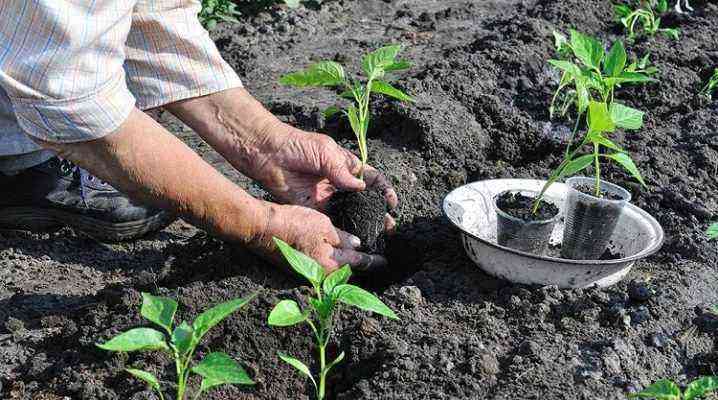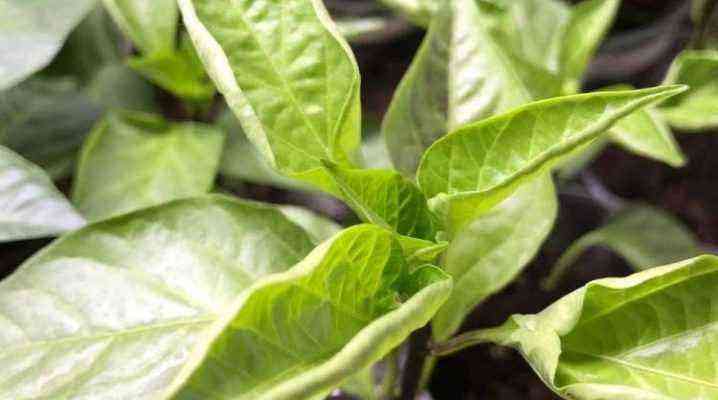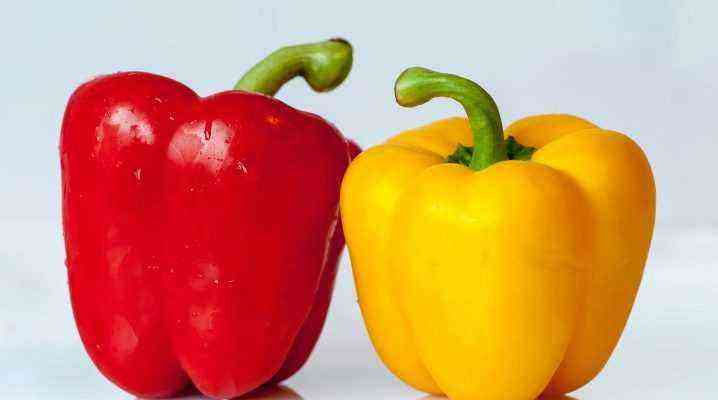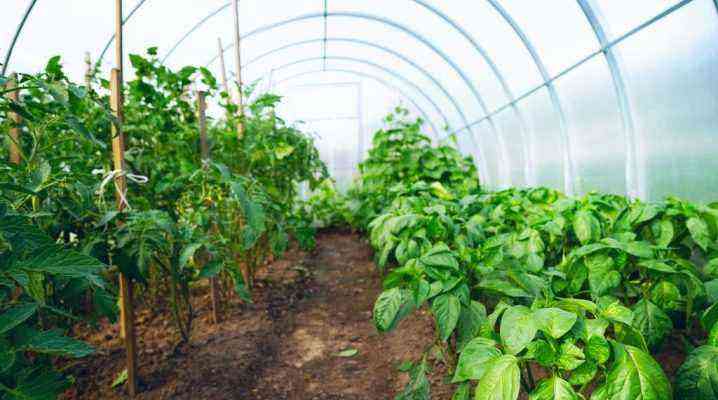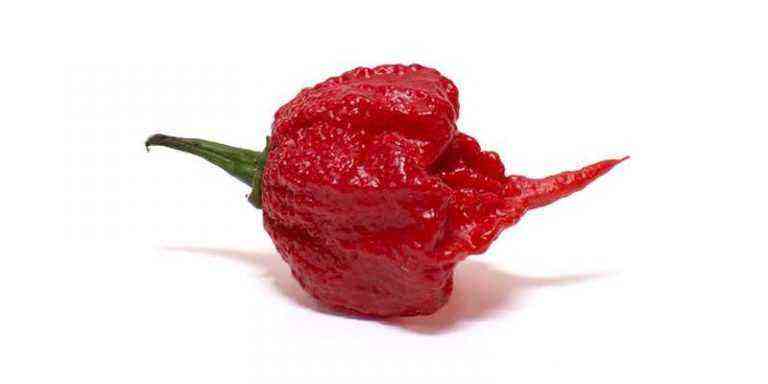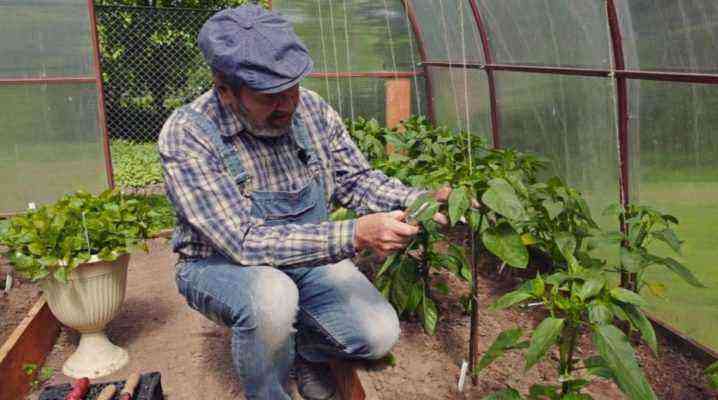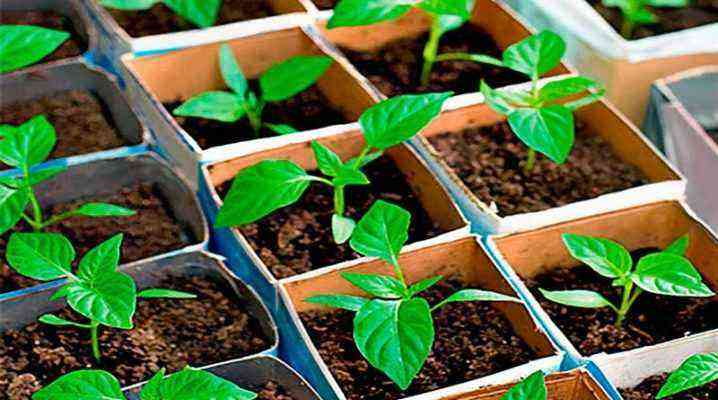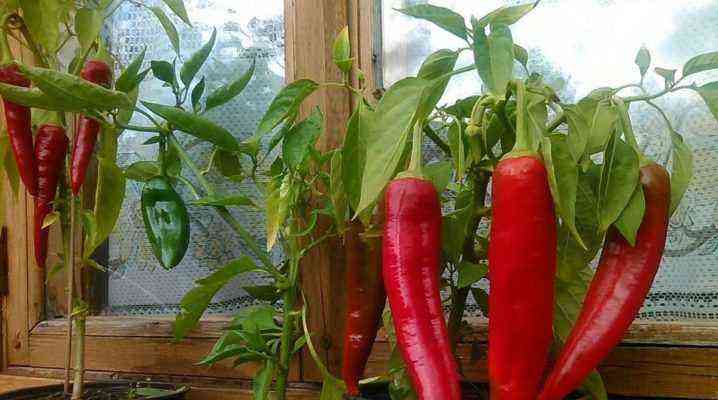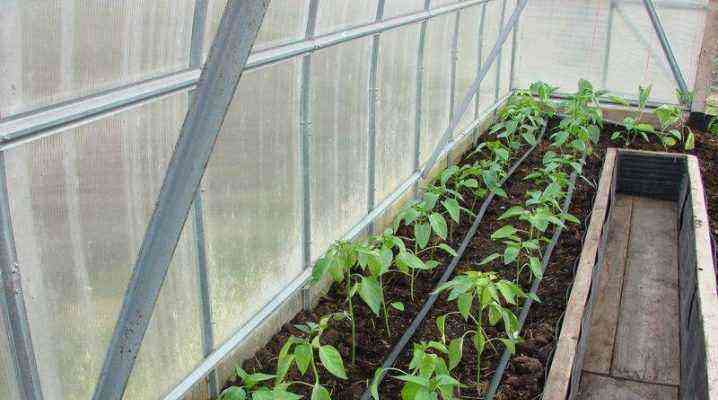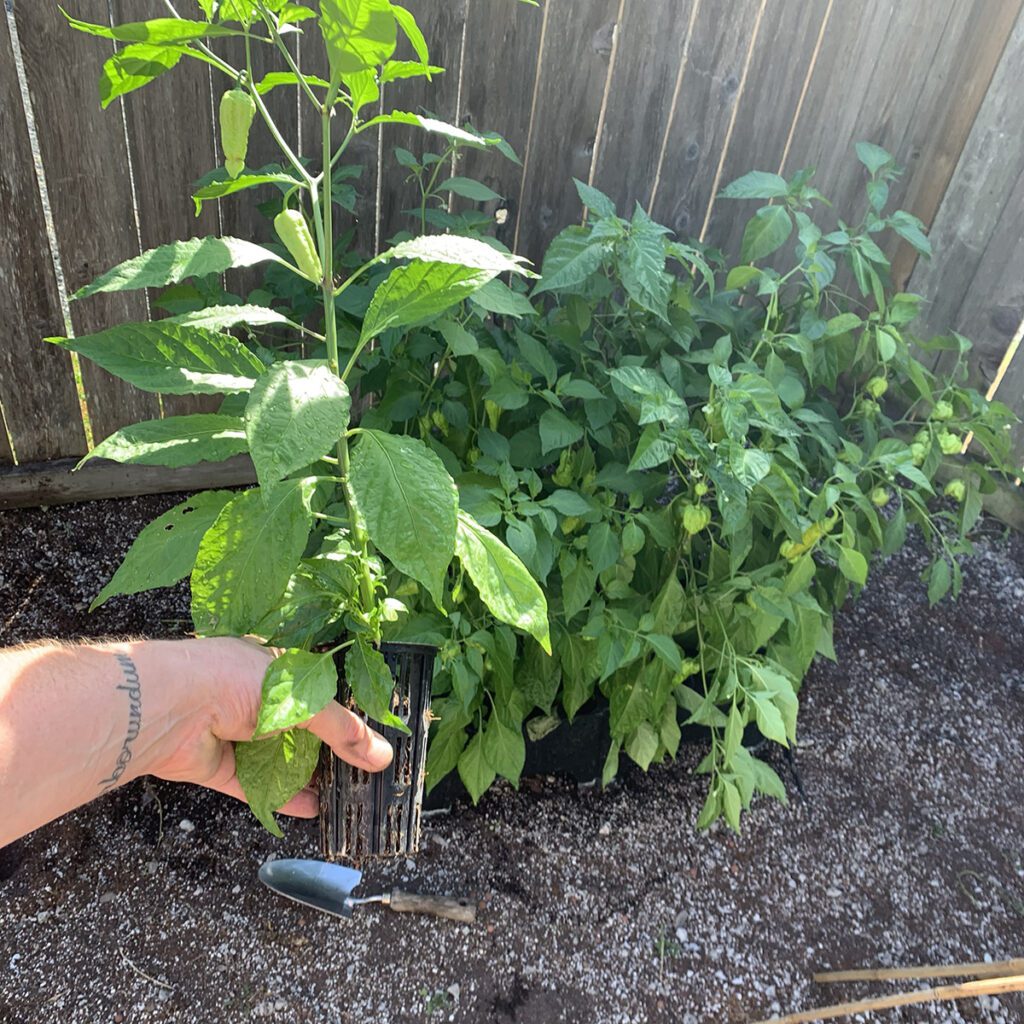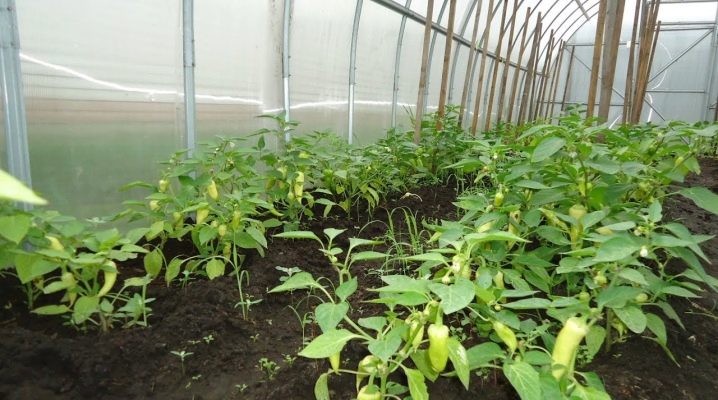
Bulgarian pepper is a heat-loving and rather whimsical plant. That is why it is very often grown in greenhouses, creating ideal conditions there for a large harvest.
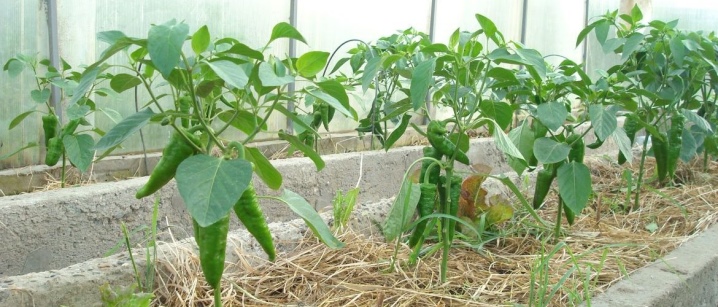
Features in different regions
In countries with short summers and cold climates, pepper, like other heat-loving crops, is grown in greenhouses. This is due to the fact that 110-150 days usually pass from the moment the first shoots appear to the appearance of fruits on the bushes.
In the Urals and Siberia, this crop is most often grown in polycarbonate greenhouses or in beds covered with foil. In the northern regions, the cultivation of sweet bell pepper is possible only in glassed and well-heated greenhouses. In the Moscow region and the Central region, you can get a good harvest of peppers in the open field. But this is not possible in every season.
In order not to risk ripe fruits, most gardeners also prefer to grow bushes in polycarbonate or film greenhouses.
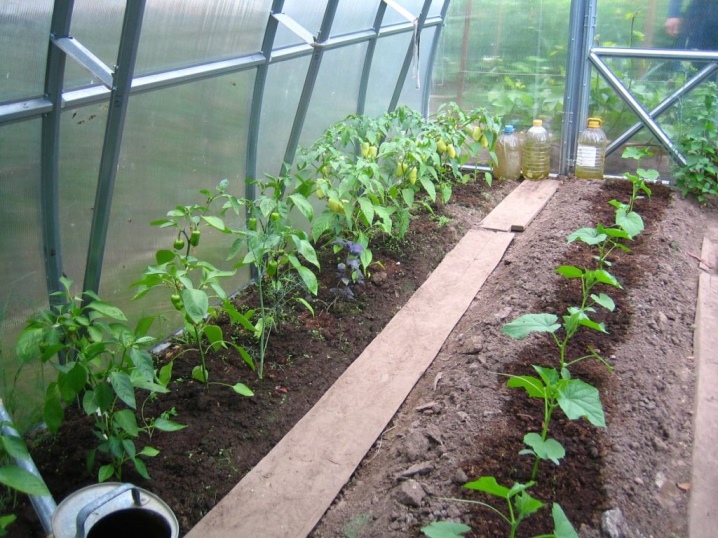
Suitable varieties
To get a rich harvest, it is also important to choose a variety suitable for a closed greenhouse. Gardeners should pay attention to the following options.
- “Latino F1”. This hybrid is very productive. The fruits on the bushes appear about 100 days after landing on the site. The shape of the fruit is cuboid, the color is rich red. They can be used to prepare various delicious dishes.
- “Actor”. This variety of peppers is also suitable for growing in greenhouses. When choosing it, it is worth remembering that the bushes grow up to 1,5 meters in height. So that the branches do not bend under the weight of the fruit, they must be tied up several times per season. This variety is considered high yielding. From one bush you can collect about 4 kg of fruit.
- Montero. It is also a high yielding and early maturing variety. The fruits that appear on the bushes are large in size and have a pleasant taste. They are quite heavy, so the branches bend under the fruits. To prevent this from happening, supports are also installed next to the bushes.
- “Red Bull F1”. This variety is a hybrid. The fruits that appear on the bushes are cylindrical in shape. The average weight of each of them is 200-300 grams. The flesh of these peppers is juicy and aromatic. The fruits can be eaten raw, canned, frozen or stuffed.
- Claudio F1. This hybrid was bred by the Dutch. Its fruits ripen early. This usually happens within 80 days after the appearance of the first shoots. The bushes are small in size. The fruits are red in color and have a pleasant taste.
- “Gypsy F1”. Another hybrid Dutch variety. It bears fruit early. Peppers ripen two months after transplanting into the greenhouse. They differ in small size and conical shape. The average weight of one fruit is 100-150 grams. Their flesh is sweet. It has a pleasant and pronounced aroma.
- “Orange Miracle”. A plant with such a beautiful name is early and large-fruited. With proper care, the bushes grow up to a meter in height. Ripe fruits have an orange color and a rich aroma. They are cuboidal in shape. Gardeners highly appreciate them for their pleasant taste and good keeping quality.
Seeds of these crops are easy to find commercially. Therefore, problems with planting plants in the greenhouse will not arise.
Prepare
In order for peppers to grow in comfortable conditions, the room in which they will be located must be prepared in advance. This process consists of several main steps.
If the greenhouse was not cleaned in the fall, spring work should begin with this event. All plant residues must be dug up or collected and taken out of the greenhouse. Next, you need to remove all the old supports and twine.
After that, it is necessary to carry out wet cleaning in the greenhouse. For greater effectiveness, a small amount of soap shavings should be added to a bucket of hot water. All hard-to-reach places must be cleaned of dirt. If last season the plants were affected by some fungal diseases, instead of a soap solution, it is worth using more effective means.
- Lime. To prepare the composition, 400 grams of bleach is used. It is diluted in 10 liters of warm water, and then left to infuse for 2 hours. The resulting product is filtered and used to treat the premises.
- Copper sulfate. This tool does an excellent job of disinfecting the room. Processing the greenhouse with it allows you to protect the future crop from the most common diseases and pests that are dangerous for young peppers. The solution is prepared from 100 grams of the drug and 10 liters of water.
- Potassium permanganate. This substance is also diluted in warm water, and then used to treat the room. The solution should have a pleasant pink color.

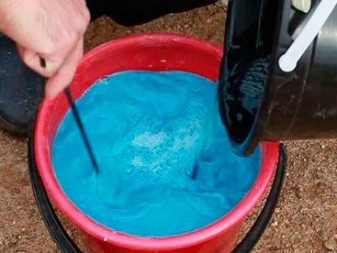
After processing the room, it must be well ventilated.
Having finished with the cleaning of the greenhouse, you need to do the soil. After all, the yield of peppers depends on its quality. The soil in which these plants are grown should not be acidic. You can deoxidize the soil using dolomite flour or dry wood ash. These products are simply scattered on the ground 2-3 weeks before planting seedlings, and then embedded in the soil.
To protect the site from pests and diseases, the ground before planting seedlings should be poured with hot water. The area after watering is immediately covered with plastic wrap. It is removed only a few hours after such treatment.
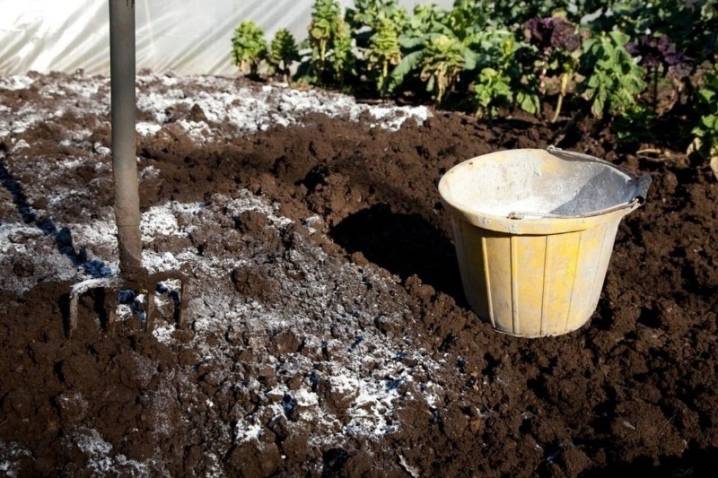
An important role is played by the preparation of planting material. This usually starts in February. The seed preparation scheme consists of the following steps.
- Team. First of all, the seeds must be placed in a container with saline. After 10 minutes, its contents must be checked. Seeds that float should be discarded. The remaining grains must be well washed and dried.
- Treatment. To speed up the growth process of seeds, they can be placed in a gauze bag, and then immersed in a glass with an ash solution or a growth stimulator. Leave them there all night. After that, the seeds also need to be dried well.
- Germination. To seedlings appeared faster, the seeds can be additionally germinated. To do this, they are placed between layers of gauze, slightly moistened and left in a warm place. Once the seeds germinate, they can be planted. It is very important to place germinated seeds in moist soil. In a dry environment, they may die.
Properly prepared seeds germinate much faster. Therefore, do not ignore these simple procedures.
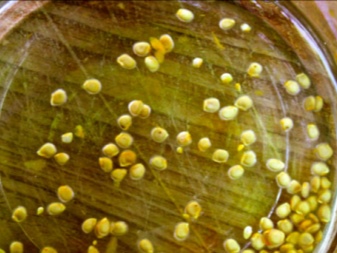

How to grow seedlings?
It is recommended to sow the seeds in separate pots with nutritious soil. Usually they are placed in the ground to a depth of 0,5-1 cm. If everything is done correctly, seedlings will appear in 4-5 days.
After the appearance of the first sprouts, the pots should be moved to a well-lit place. Caring for young seedlings is very simple. They need to be watered regularly. The soil in the pots should not dry out.
After the appearance of the first true leaves on the sprouts, peppers need to be fed with high-quality organic fertilizers.
At this time, it is recommended to use sifted wood ash. Such top dressing will not only improve the condition of young sprouts, but also protect them from fungal diseases.
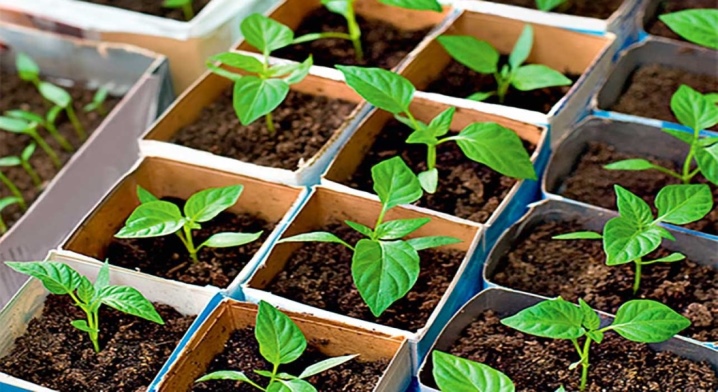
Transfer
When the seedlings grow up, it can be transplanted into the greenhouse. If the room is unheated, transplantation should be done at the end of May. Plants are transplanted into a greenhouse with heating in mid-April. When choosing the right time for this procedure, gardeners usually focus on the condition of the seedlings, as well as on weather conditions.
Young peppers experience severe stress during transplantation. To prevent this from happening, it is recommended to harden them in advance. To do this, 10-14 days before transplanting, pots with green sprouts begin to be taken out into the street. In the first few days they are left outdoors for only a few hours. By the end of the second week, the pots can be left outdoors for the whole day.
Before planting seedlings, it must be well watered and treated with a growth stimulator. After such preparation, the plants will quickly adapt to new conditions.
The scheme of planting plants depends on the characteristics of the variety. The larger the adult plants, the greater the distance between young seedlings should be. After transplanting, green sprouts should be well watered.
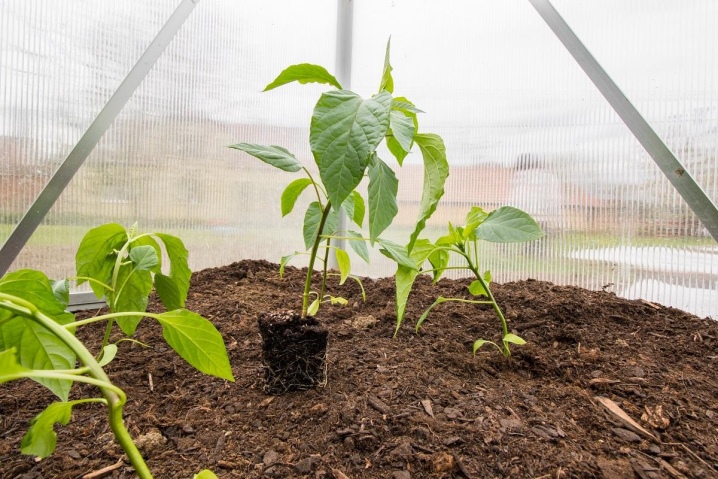
Care
In the future, the plants will need proper care. Agricultural technology consists of several main points.
Watering and mulching
First of all, it is worth remembering that the plants need to be watered regularly. Watering should be frequent, but not too plentiful, because peppers react poorly not only to a lack of moisture, but also to its excess. Watering young bushes is recommended in the morning.
So that a dense crust does not appear on the soil, the earth must be loosened regularly. Hilling peppers growing in a greenhouse is an optional procedure. Only plants with a superficial root system need to be spudded. This procedure will help increase the yield of peppers.
Mulching helps keep moisture in the soil. Peat, straw or hay is usually used for this purpose.
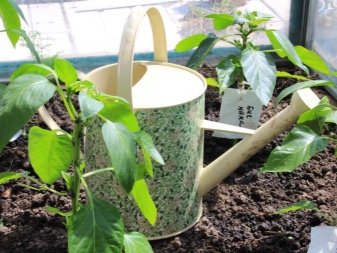
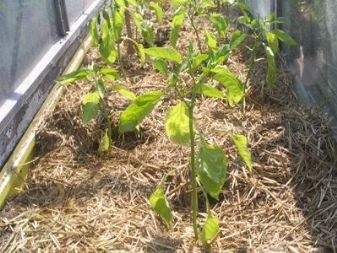
Feeding
Regular feeding also affects the yield of peppers. For the first time, the bushes need to be fertilized 14-20 days after planting the young seedlings in the greenhouse. At this time, plants need nitrogen supplements. They contribute to the rapid growth of green mass and strong stems. As a rule, gardeners at this stage use a weak solution of mullein or chicken.
A week later, potash fertilizers are applied to the soil. It can be potassium humate or potassium sulfate. Instead, you can also use an infusion of dry wood ash. At this stage, plants can also be fed with calcium nitrate, urea or superphosphate.
In the future, fertilizers are applied to the soil only if the plants seem to be weakened. For this purpose, both mineral and organic fertilizers can be used. Young peppers respond well to top dressing with products such as iodine or ammonia.
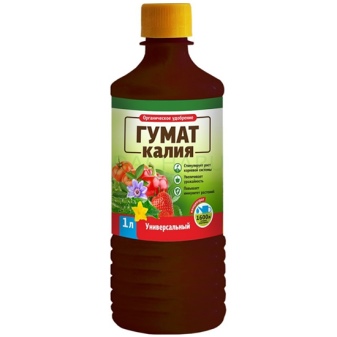
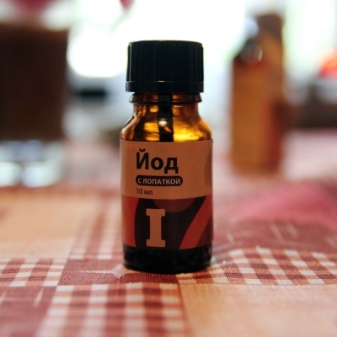
Formation and pasynkovanie
Healthy seedlings quickly depart from the stress that they receive after transplanting into a greenhouse. As soon as young peppers grow up, the gardener should start forming a bush. This process consists of several steps.
- The first step is to remove all the leaves, up to the first fork.
- Next, in the first branch, you need to carefully pinch the crown bud.
- Two or three main shoots should grow from the first branch.
- Having formed the skeleton of the bush, the branches of the second order also need to be thinned out.
In the future, you need to regularly remove all unnecessary stepchildren. On an adult bush there should be about 10-20 ovaries. If there are more of them, the fruits will not be able to grow large and tasty.
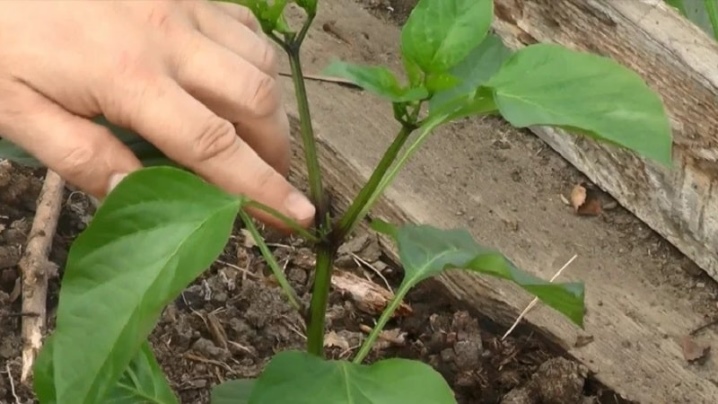
Garter
If large bushes were chosen for planting, adult plants will need to be tied up. Otherwise, the stems under the weight of the fruit will break. Adult bushes are usually tied to supports with twine or cloth cut into wide strips.
Don’t overtighten the knots. This can lead to damage to the stems and shoots.
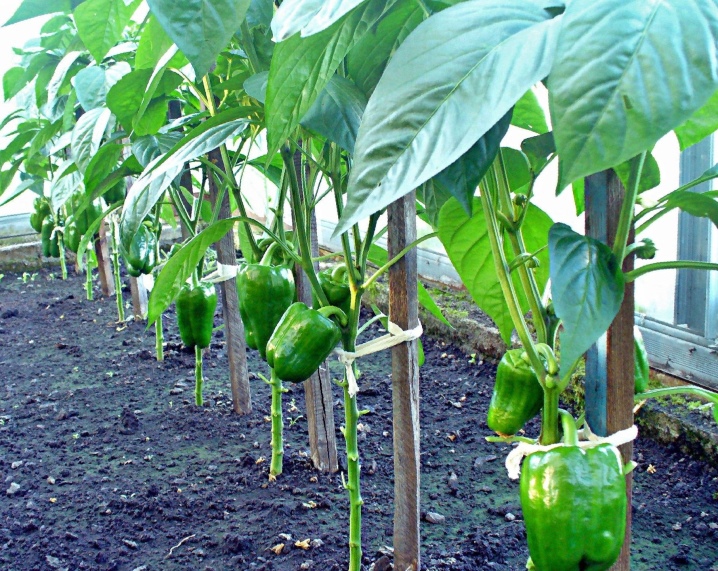
Lighting
When creating ideal conditions for growing peppers, it is important to ensure that they receive enough light. In spring and summer, peppers can be grown without additional lighting. If the bushes are in the greenhouse during the cold season, it is worth installing lamps in the room.
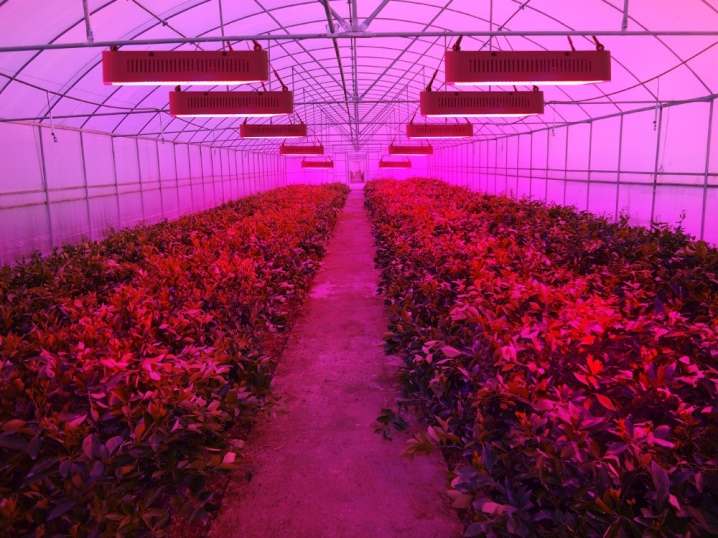
Ventilation
When planting seedlings in a greenhouse, it is worth remembering that young plants are afraid of drafts. It is worth opening the room for ventilation only in a few cases. This is usually done on days when the temperature or humidity in the greenhouse is too high.
In addition, the room is always ventilated after peppers have been treated with various chemicals.
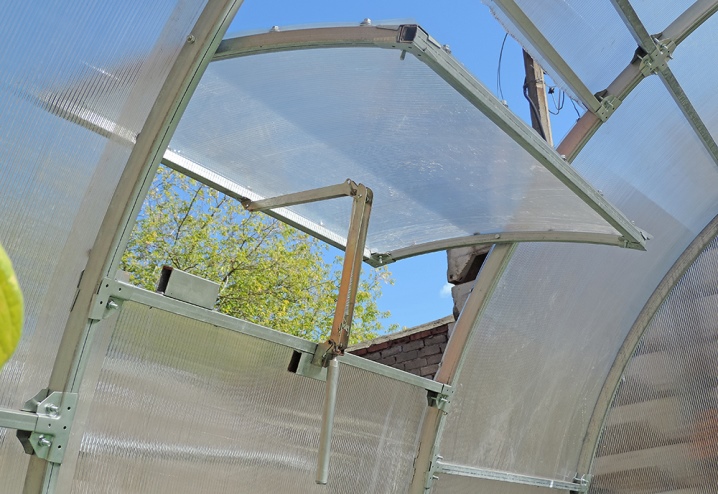
Diseases and pests
If you are going to grow peppers in a greenhouse, it is worth remembering that these plants are attacked by various pests. The danger to peppers is represented by aphids, nematodes, scoops and slugs. To combat these pests, the beds are treated with soapy water. If there are too many insects in the area, potent insecticides can be used.
Various diseases can also deprive a gardener of a crop. As a rule, plants are affected by the following diseases.
- bacterial cancer. The leaves of infected peppers darken and eventually fall off. The treatment of the site with a solution of copper sulfate and the removal of all affected leaves help to save plants from this disease.
- Black spotting. If the plant develops poorly, and its leaves turn black, then it was affected by black spot. If peppers that are sick are not treated in time with a drug such as Fitosporin, they die.
- Mosaic. This is a dangerous viral disease. The leaves of the infected plant turn yellow, become pale and become stained. It is impossible to fight this disease. Therefore, infected bushes are simply removed from the site.
Diseases such as gray rot, late blight and dry spotting can also harm plants. To combat them, it is recommended to use strong fungicides.
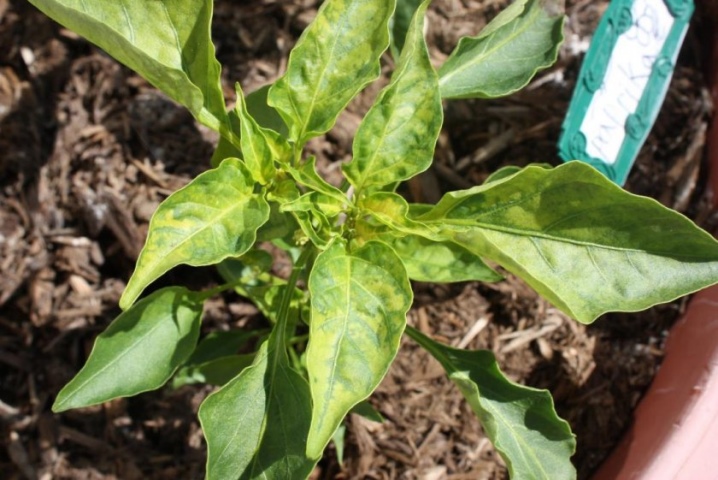
Compatibility with other cultures
If possible, peppers are recommended to be grown separately from other plants. In this case, the gardener will be able to create optimal conditions for the development of this crop. But if this is not possible, they should be planted next to tomatoes or eggplants. Plants perfectly withstand such a neighborhood.
You can also grow young bushes next to herbs. Basil, lovage or marjoram are usually placed on the beds.
It is not recommended to place sweet peppers only next to hot ones. This leads to the fact that sweet fruits acquire an unpleasant bitterness.
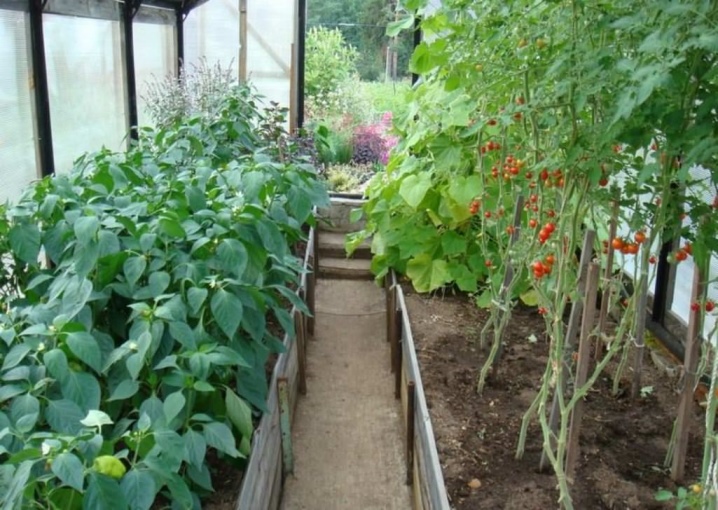
Possible mistakes
Beginning gardeners in the process of cultivating peppers often make various mistakes. In order not to harm the plants, you need to pay attention to some points.
- Temperature regime. Peppers do not like sudden changes in temperature. Therefore, it is worth ventilating the greenhouse only in warm weather. When planning to grow peppers in the cold season, it is important to warm the room well. It is worth remembering that plants that have frozen are very difficult to reanimate.
- High humidity. Excess moisture leads to the fact that spots appear on the foliage, and the fruits rot right on the bush. To prevent this from happening, the bushes need to be watered often, but not too abundantly.
- Thickened planting. If you plant too many peppers on the site, the plants will not receive enough nutrients. Because of this, the ovaries often fall from the bushes, and the fruits remain small and tasteless.
- Wrong feeds. Plants can be harmed not only by a lack of nutrients, but also by their excess. Do not feed the bushes too often so that they do not burn.
- Lack of pollination. In order for peppers to bear fruit well, flowering plants need to be pollinated. To do this, in warm and windy weather, the door is left ajar. Some gardeners prefer to pollinate plants by hand, using light brushes for this.
If you do everything right, the peppers in the greenhouse will grow healthy and strong. In this case, gardeners will always have fresh and tasty fruits on the table.

